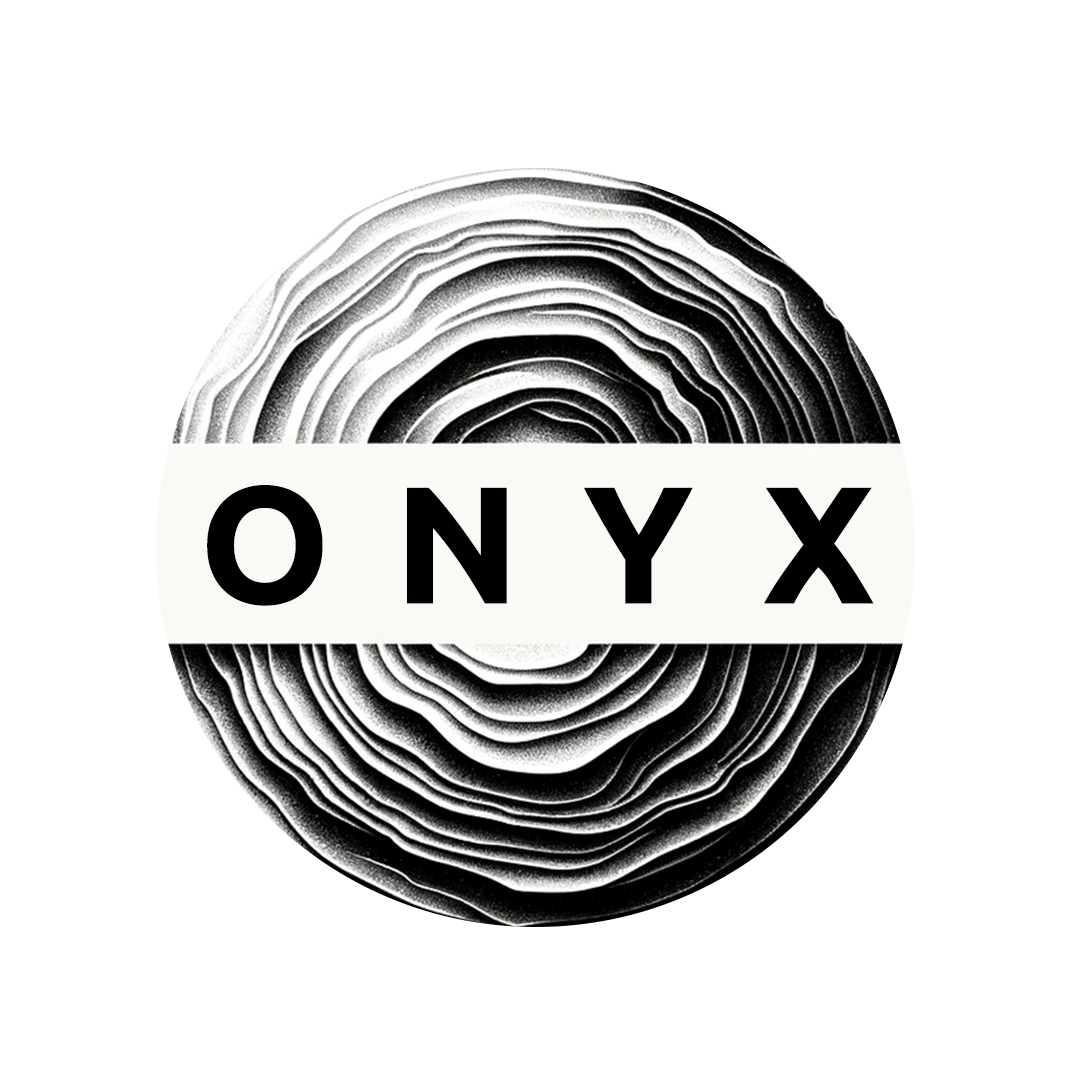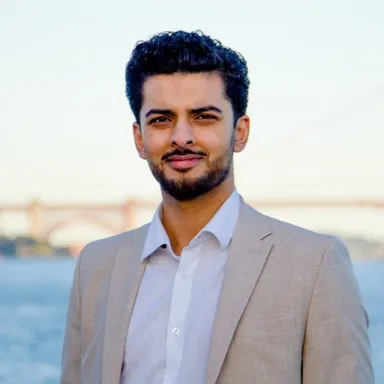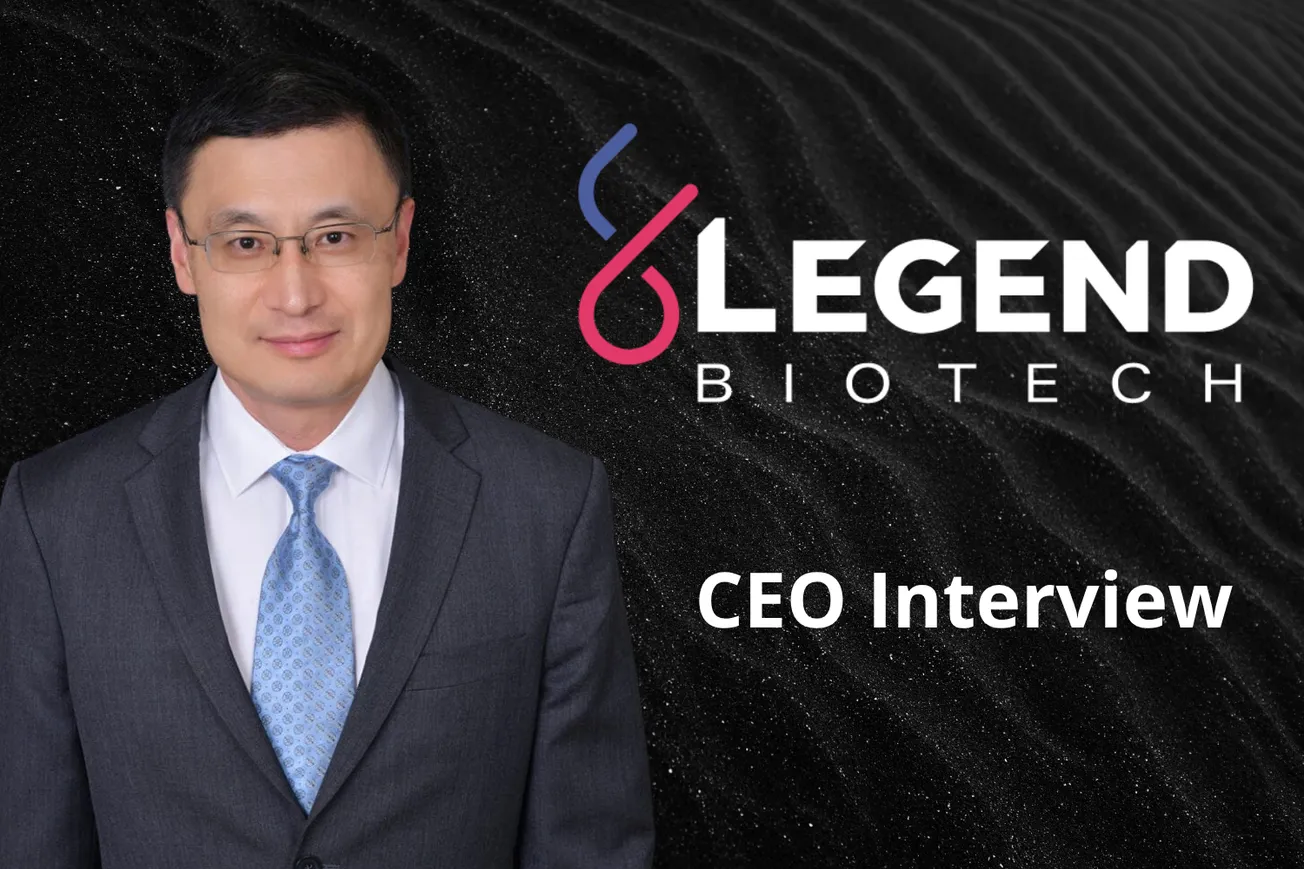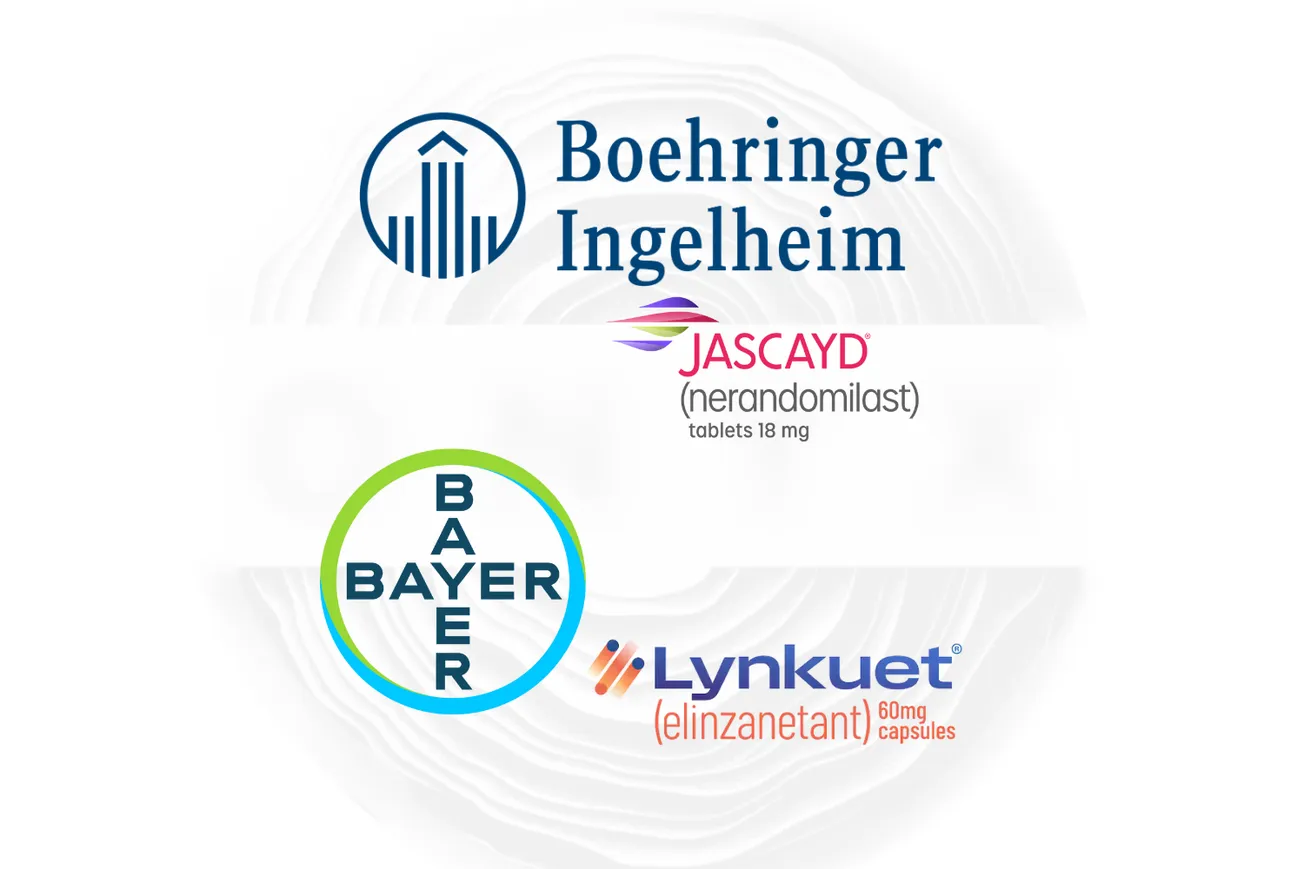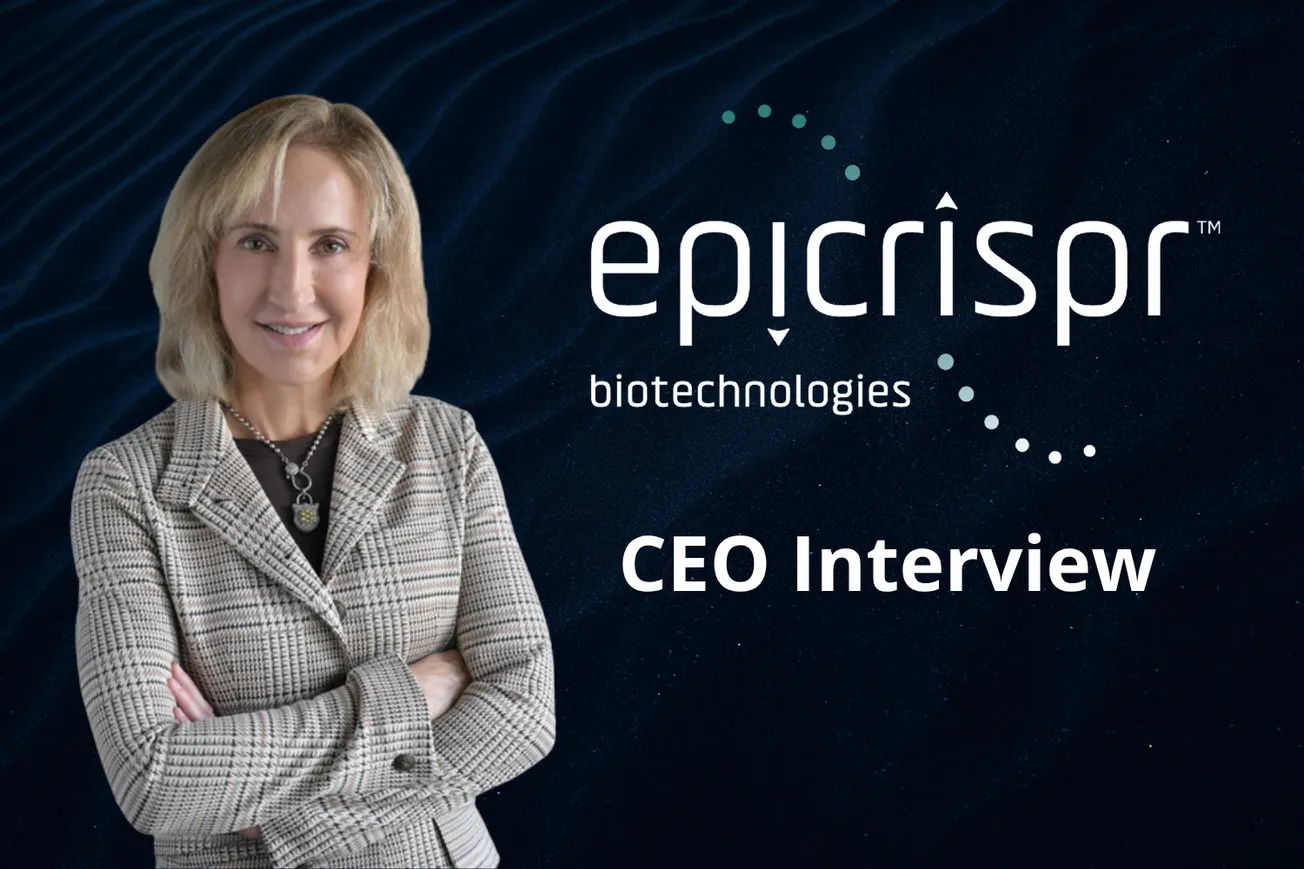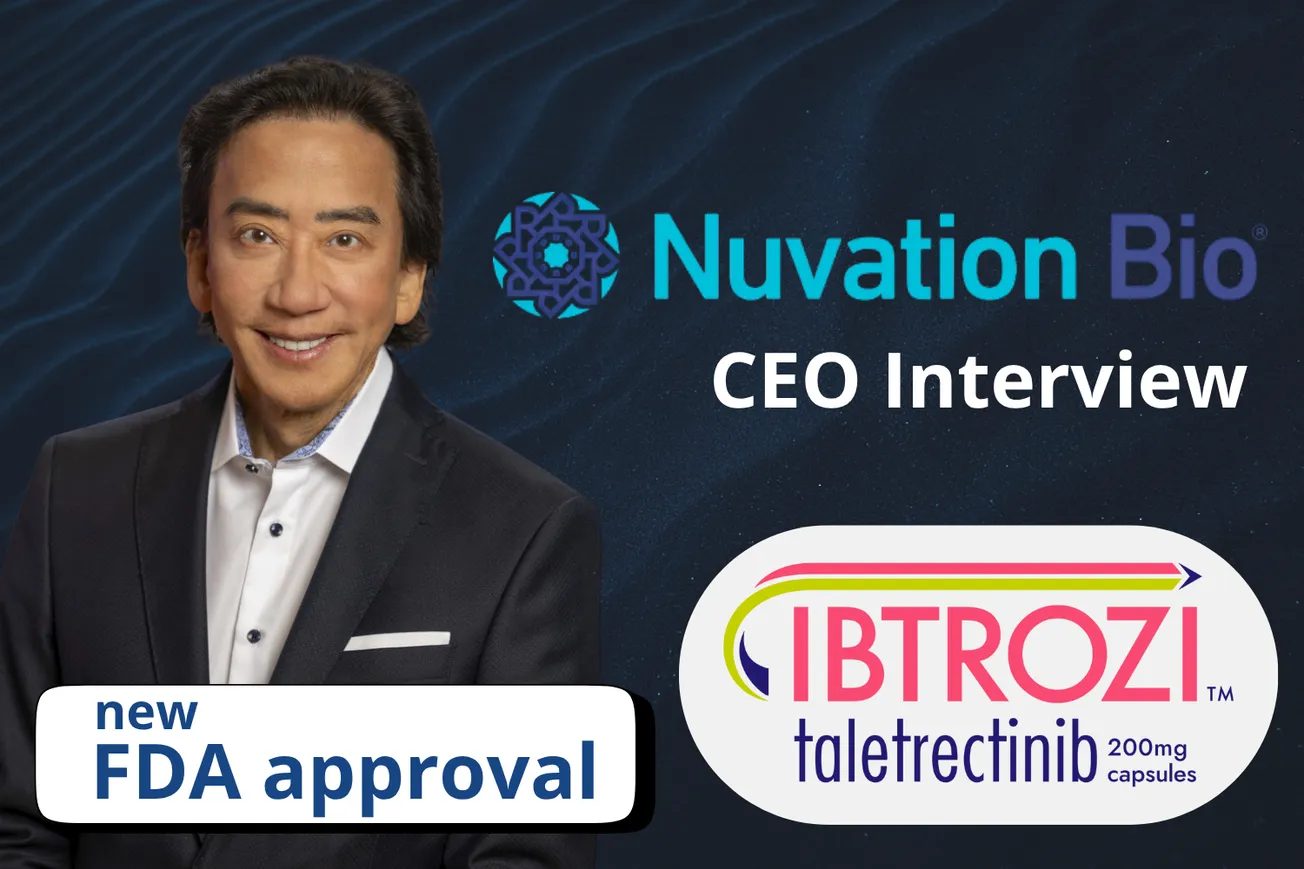Table of Contents
Could you start by introducing yourself and a bit about your background?
My name is Ying Huang, and I am the CEO of Legend Biotech. We are a biotech company specializing in the discovery, development, manufacturing, and commercialization of cell therapies. We’re based in Somerset, New Jersey, in the United States, and we have a lead program called CARVYKTI® (ciltacabtagene autoleucel; cilta-cel), a BCMA-directed CAR-T therapy developed in collaboration with Johnson & Johnson.
CARVYKTI is already approved in the US, Europe, and Japan as a second-line therapy for multiple myeloma.
I’m a scientist by training. After grad school, I worked as a scientist in R&D at a major pharma company for about nine years. After that, I transitioned into finance, where I was an equity analyst covering the US biotech sector for about 12 years on Wall Street. I led coverage of US biotech at Bank of America Merrill Lynch for five years.
In 2019, I took on the role of CFO at Legend, and then, the following year, in 2020, I was appointed CEO!
So what differentiates CAR-T from other BCMA-targeted therapies?
There are quite a few BCMA targeting therapies on the market today; of which, broadly speaking, there are two types.
One is a CAR-T, a T-cell therapy using genetic engineering to put a binder on the surface of T cells. These T cells can then be infused into the patient’s body to fight, and kill, cancer cells.
The other category is bispecific antibodies. These are injectable proteins: one arm engages the T cell, the other binds to the cancer antigen.
What differentiates CAR-T is that it’s a one-time treatment that also leads to a very durable response.
Back at the 2023 American Society of Clinical Oncology (ASCO) meeting, we presented results from our CARTITUDE-1 trial at a median follow-up of 33.4 months. In those very sick, heavily pre-treated patients who had exhausted all the options available to them, we were able to demonstrate about three years – 34.9 months to be exact – in progression-free survival.
In June 2025 at ASCO, we published a five-year follow-up of CARTITUDE-1. We showed that the median overall survival was just over five years – 61.3 months. Typically, these patients would’ve been expected to live for about a year or so, given that they had already failed all three major classes of therapy on the market. We were able to demonstrate that the median survival is now over five years.
What’s even more remarkable is that, within that patient population, 33% were able to have a very long treatment-free period of about five years, where after just one single infusion of CARVYKTI, their cancer was in remission. Some doctors in the field even called it a functional cure.
That durability of response is actually extraordinary.
Are there any particular factors that help to identify which patients are more likely to benefit?
Yeah, alongside our partner J&J, we conducted some retrospective analysis based on trial data. We found that if a patient has a low tumor burden to start with, or the bridging therapy used to bring down the tumor burden is effective, the patients are more likely to have a durable response.
The other factor is mutations. If a patient’s cancer does not harbor the so-called "high-risk" mutations, then those patients tend to do better when compared to patients who do have those high-risk mutations.
When it comes to regulatory hurdles, what obstacles have you had to overcome in expanding CARVYKTI into earlier lines of therapy?
Back in February 2022, CARVYKTI was approved by the FDA as a fifth-line treatment or beyond - meaning patients had to have had at least four prior lines of therapy before being eligible.
But based on another trial, CARTITUDE-4 - where we tested CARVYKTI against standard of care, which typically means a cocktail of three therapies - the FDA approved CARVYKTI in 2024 as a second-line treatment.
That was a large, global phase 3 study, with over 400 patients. We were able to demonstrate superior progression-free survival benefit and later overall survival benefit. That’s how we won approval both in the US and in Europe. The important factor was that we conducted a large, active-controlled, randomized global phase 3 study.
Beyond multiple myeloma, which pipeline programs are your highest priorities right now?
We have quite a few!
We’re testing CAR-T therapy for solid tumors, including gastric cancer and lung cancer. We’re testing allogeneic modalities, including alpha-beta T, gamma-delta T, and natural killer cells for lymphoma, multiple myeloma, and autoimmune indications.
The latest entry into our pipeline are in vivo therapies - can you just inject the viral vector directly into the body so the patient actually makes their own CAR-T cells? That’s why it’s called in vivo CAR-T.
So, out of all these approaches, it’s hard to say which one is the most exciting. We’re trying to explore a wide range of technologies and modalities in the field of cell therapy.
Do you work with payers and health systems to improve patient access and affordability?
Of course! We want to deliver a lifesaving therapy, such as CARVYKTI, to as many patients as possible. We work with agencies, insurance companies, and we also provide patient assistance.
We’ve demonstrated healthcare economic benefit in our CARTITUDE-4 trial. In that trial, patients either received one infusion of CARVYKTI or continuous triple therapy. Over roughly two and a half years, the treatment cost for CARVYKTI patients was about $800,000. For standard of care, the cost was about $1.6 million - because you have to use three different drugs continuously for two and a half years.
So not only is CARVYKTI superior in efficacy, it is also providing economic savings to the system by lowering the overall treatment cost.
You mentioned your partnership with Johnson & Johnson earlier. How is that evolving?
Each party brings what they’re best at. We discovered CARVYKTI and did the early clinical work; J&J brought late-stage clinical development, global infrastructure, GMP manufacturing, supply chain, and regulatory expertise.
That’s why we were able to bring CARVYKTI to patients so quickly. We started the collaboration at the end of 2017, and it was FDA-approved in early 2022.
How do you balance in-house development with external partnerships?
That’s a question we discuss a lot. As a biotech, you don’t necessarily have unlimited capital nor a very large global organization. What we do best is that we’re nimble, and we can be very fast at moving assets from the lab into the clinic.
Big pharma can help with late-stage clinical development and global manufacturing. Besides J&J, we also have a DLL3-targeting CAR-T collaboration with Novartis. In that partnership, Legend is conducting the phase 1 trial, and, then, Novartis will be responsible for further development.
Going forward, as Legend grows into a mid-sized biotech with a fully integrated organization, I think we will be able to do more ourselves. That’s the guiding principle: partner where it makes sense, and continue internally where we can.
What’s the commercialization strategy for CARVYKTI?
The strategy is to leverage all the second-line data to bring CAR-T therapy into the community, because that’s where most patients are treated. CARVYKTI has some unique features: it’s a one-time treatment - not continuous dosing - and it has a durable response.
There’s also a strong scientific rationale for earlier use. When patients are newly diagnosed, their T cells are younger, healthier, and less exhausted. That’s why we, and J&J, are already running two large phase 3 trials in newly diagnosed multiple myeloma. We’re hopeful CARVYKTI can eventually displace bone marrow stem cell transplant as a first-line therapy.
Your background spans both science and Wall Street. How has that shaped your leadership style?
Because I have the benefit of scientific training and experience, I understand how a drug can be discovered, developed, and launched. My 12 years in finance taught me how to assess commercial opportunity, position products against competition, and have financial discipline.
As an equity analyst, you cover a large number of companies and are exposed to a wide range of technologies. That helps to expand your knowledge base and keeps you in-the-know as to what’s happening in the therapeutic area.
It teaches you how to allocate resources wisely, which is critical as the capital markets have been quite difficult for biotech. How do you leverage limited resources and really deliver the greatest result? That’s the mindset.
Looking at the broader industry - US legislation, China’s biotech boom, AI uptake - where do you see things heading?
I actually see the evolution towards deeper global collaboration. Legend is a success story of how a biotech can collaborate with big pharma.
In China, you see a lot of assets being discovered in the lab and some early clinical work. But, ultimately, to bring therapies into the broader market, you need capital from US investors, and the development capability of international pharma.
I think it’s a great opportunity for further collaboration - leveraging Chinese discovery with the sophisticated, and fully integrated, development ecosystem in the US.
Ultimately, it will benefit patients everywhere.
Finally, the cell therapy space is so competitive. How do you recruit and retain the very best talent?
You’re absolutely right! Everybody’s trying to compete for the best talent.
Drug discovery is lengthy and risky. You need the best people.
First of all, you really have to find a purpose. The younger generation - grad students, PhDs, MDs - they want more than a paycheck. They want to resonate with the purpose of the company.
For example, a lot of our scientists love working at Legend because they see exactly what their work brings to patients. From time to time, we bring real-world commercial patients to our sites. They share their treatment journey, and explain how they are dealing with this terrible disease. Our employees see, firsthand, the impact of their work.
Secondly, you have to give freedom. Scientific discoveries are often made in an almost serendipitous way. You have to let people think differently, try out-of-the-box ideas, and be innovative. That’s where emerging biotechs can be different from major pharma - less structured but which accords greater freedom.
Purpose plus freedom - that’s how we convince the best talent to join Legend.
